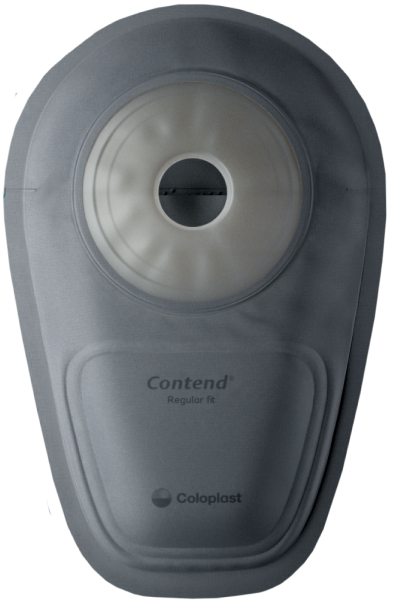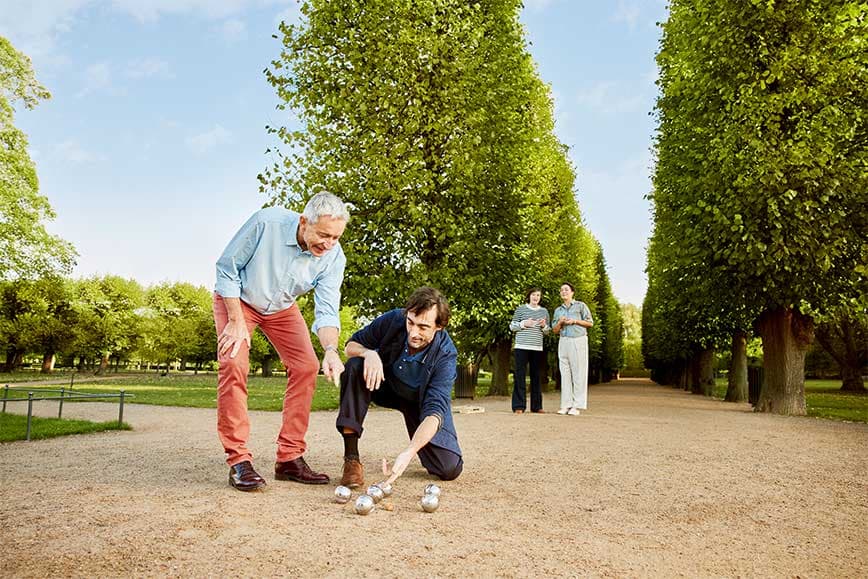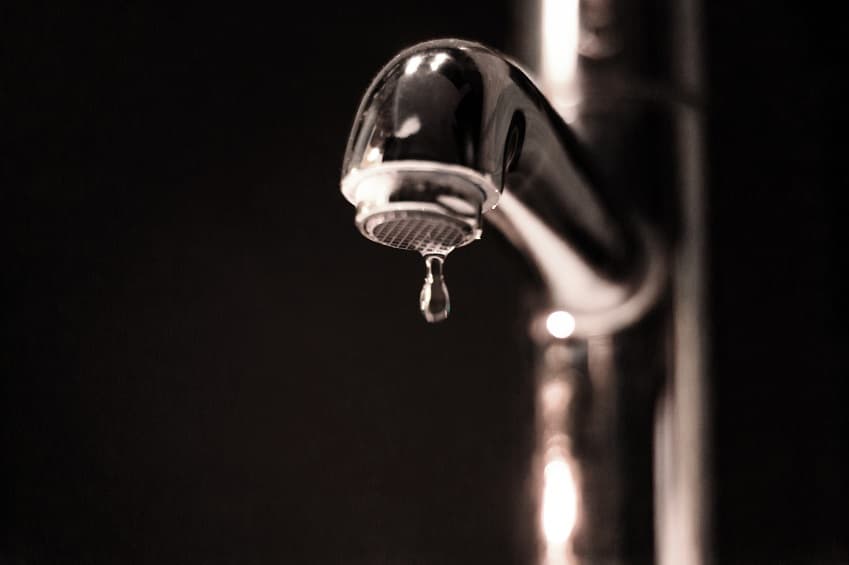Urine is produced in your kidneys as a waste product from when your kidneys cleanse your blood. From your kidneys, the urine travels down to your bladder through two tubes called the ureters, where it's stored for a while. The bladder wall muscle allows your bladder to expand, a bit like a balloon. Once it’s full, nerves in the bladder will signal your brain, and you'll feel the urge to pee. The more your bladder fills, the more you'll feel the need to pee. The average bladder can hold more than 2 cups (approx. 480 milliliters) comfortably for up to 2-5 hours, but you'll feel the urge to pee, when there's a bit less than 1 cup/240 milliliters in your bladder.
Two different types of muscles help manage the urine flow:
- The bladder muscle: When you pee, the bladder muscle squeeze to help empty the bladder of urine.
- The urinary sphincters: The internal sphincter is located at the lower opening of your bladder and the external sphincter is located in the pelvic floor. The two sphincters act like valves that help control when the urine flows through your urethra and out of your body. When the sphincter muscles relax, they open, which means the urine can pass freely. However, at most times they are shut to maintain a higher pressure in the urethra than in the bladder, which ensures that you don't pee when you’re not supposed to.
When the bladder muscle squeeze, the urine is led towards the first sphincter muscle at the junction of the bladder and out in the urethra. The urethra is the tube that carries the urine out of your body. The urine is carried through the urethra, which is about 20-25 centimetres long in men, as it also passes through the penis. The second sphincter is located just below the prostate gland and around the pelvic floor, and out of the two sphincters, it’s the only one you can actually control. A weakened or damaged sphincter can be the cause of incontinence, especially stress incontinence. You can help prevent this by doing Kegel exercises, which may help strengthen your muscles in the pelvis floor, including your sphincter. Incontinence might also be a result of an overactive or irritated bladder. You may promote better bladder health and bladder control by checking out these diet and nutrition tips.
‘If you experience any symptoms or signs of urinary incontinence, we always advise you to talk to your doctor.’
More information
about urinary incontinence
We’ve gathered some information and tips that you might find helpful
in understanding and managing incontinence.

Is Contend™ right for me?
Contend™ is designed for mild to moderate urinary leakage. Contend™ can absorb up to 125 ml of urine, which is the equivalent to half a cup. If you experience dripping or smaller leakages daily and are currently using pads, Contend™ could be a new product for you to try. Contend™ can be used every day or on special occasions where you want to feel extra secure. It’s entirely up to you.




